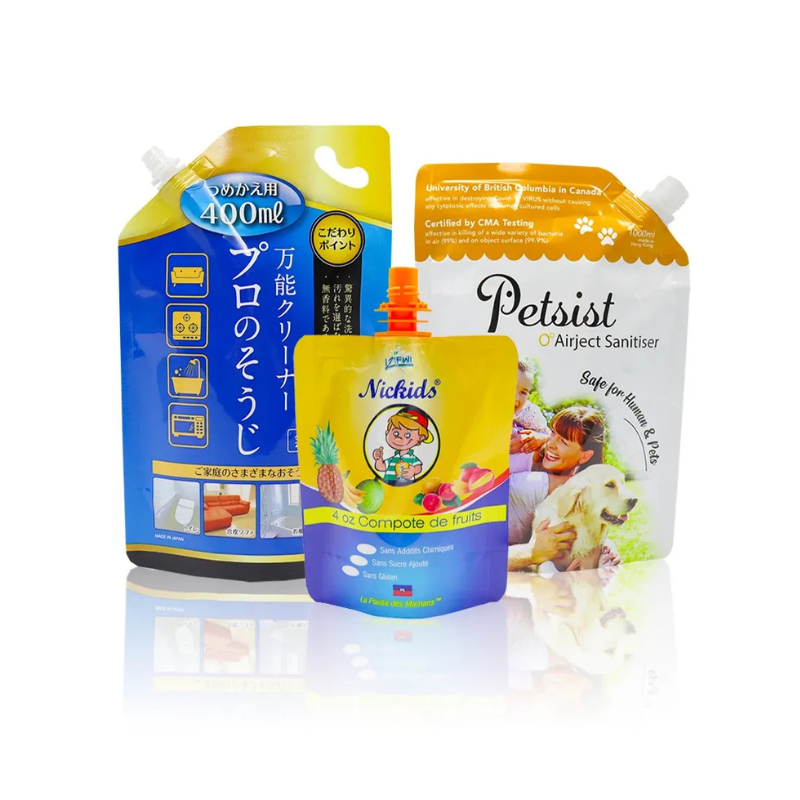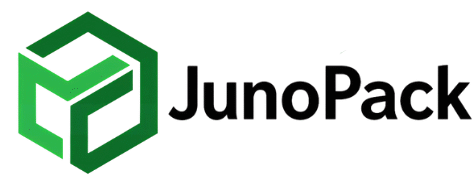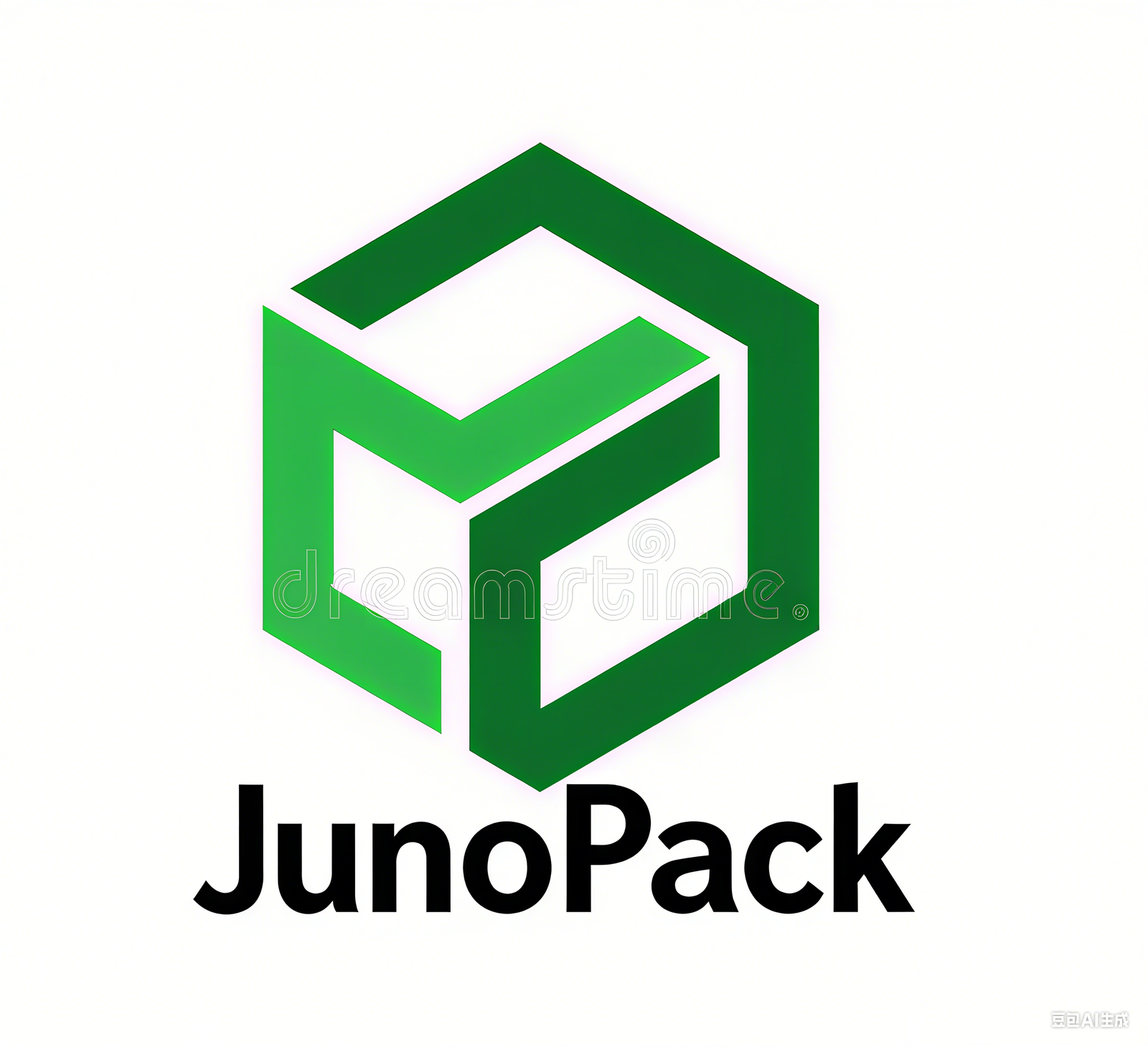Email : info@jonopackpro.com
Flexible Packaging Across Global Markets: Regional Applications

Flexible packaging now represents over 40% of the global packaging market, and the demand continues to rise. Its versatility and efficiency have made it a preferred choice for food, pet products, cosmetics, pharmaceuticals, and e-commerce shipping. However, the way flexible packaging is used varies significantly across regions due to differences in regulations, consumer behavior, and market maturity. Understanding these regional nuances is crucial for brands looking to expand internationally or optimize their packaging strategy.
1. North America
In North America, flexible packaging is driven by strict regulatory standards and growing consumer demand for convenience and sustainability.
- Food & Beverage: High emphasis on food safety, barrier properties, and resealable packaging. Snacks, coffee, and frozen foods often use laminated films for extended shelf life.
- E-commerce & Retail: Lightweight mailer bags and stand-up pouches are popular to reduce shipping costs.
- Sustainability: There is an increasing shift toward recyclable materials, such as mono-material PE films, to meet consumer expectations and comply with corporate responsibility programs.
2. Europe
Europe is known for its stringent environmental and food safety regulations, making flexible packaging both a technical and strategic choice.
- Food & Beverage: Barrier properties and compliance with EU food contact standards are critical.
- Eco-Friendly Focus: Compostable and recyclable packaging is a major selling point. Many brands adopt PLA, PBAT blends, or recyclable PE films.
- High-End Consumer Products: Luxury snacks, cosmetics, and specialty beverages often use high-quality printed laminates to enhance brand identity.
3. Japan & South Korea
In East Asia, particularly Japan and South Korea, packaging aesthetics and precision are highly valued alongside functionality.
- Small, Convenient Portions: Consumers favor individually packed servings, resealable pouches, and vacuum-sealed options.
- Barrier Performance: High-quality laminates protect flavor, aroma, and freshness, especially for snacks, tea, coffee, and pet food.
- Printing & Design: Sophisticated graphics and vibrant colors are essential for product differentiation on crowded retail shelves.
4. Southeast Asia
Southeast Asia’s market is characterized by rapid growth in fast-moving consumer goods (FMCG).
- Cost-Conscious Packaging: Brands often seek balance between durability, barrier performance, and affordability.
- Diverse Applications: Flexible packaging is used for food, beverages, personal care, and small household items.
- Print Quality: Attractive visuals and branding are key for retail success, even at lower production costs.
5. Middle East & Africa
In the Middle East and Africa, flexible packaging demand is emerging and expanding.
- Durable Packaging: Packaging must withstand long-distance shipping and varied climate conditions.
- Barrier Properties: Protection from heat, moisture, and dust is essential for food and pharmaceutical products.
- Growing E-commerce: Lightweight mailer bags and pouches are increasingly used as online retail grows.
6. Key Considerations for Global Brands
When exporting or selling internationally, brands must consider:
- Regulatory Compliance: Local food contact, safety, and recycling standards differ by region.
- Material Choice: Recyclability, barrier properties, and consumer expectations vary.
- Printing & Branding: Design preferences are influenced by local culture and retail trends.
- Cost & Logistics: Shipping efficiency, durability, and MOQ requirements should match regional operations.
7. How Junopack Supports International Clients
At Junopack, we help brands navigate these regional differences by offering:
- Diverse Material Options: From laminated barrier films to eco-friendly solutions suitable for multiple regions.
- Printing Expertise: High-quality rotogravure and digital printing tailored for each market.
- Global Export Experience: Understanding of EU, US, Japan, South Korea, and Southeast Asia packaging regulations.
- Custom Recommendations: Guidance on bag type, size, material, and printing to optimize performance and cost.
Conclusion
Flexible packaging is versatile and adaptable, but its usage differs around the world. Brands that understand regional market requirements can optimize their packaging for functionality, branding, and compliance. Working with an experienced manufacturer like Junopack ensures your products meet local expectations while maintaining quality and sustainability.
📩 Contact us today to explore flexible packaging solutions tailored to your global markets.

